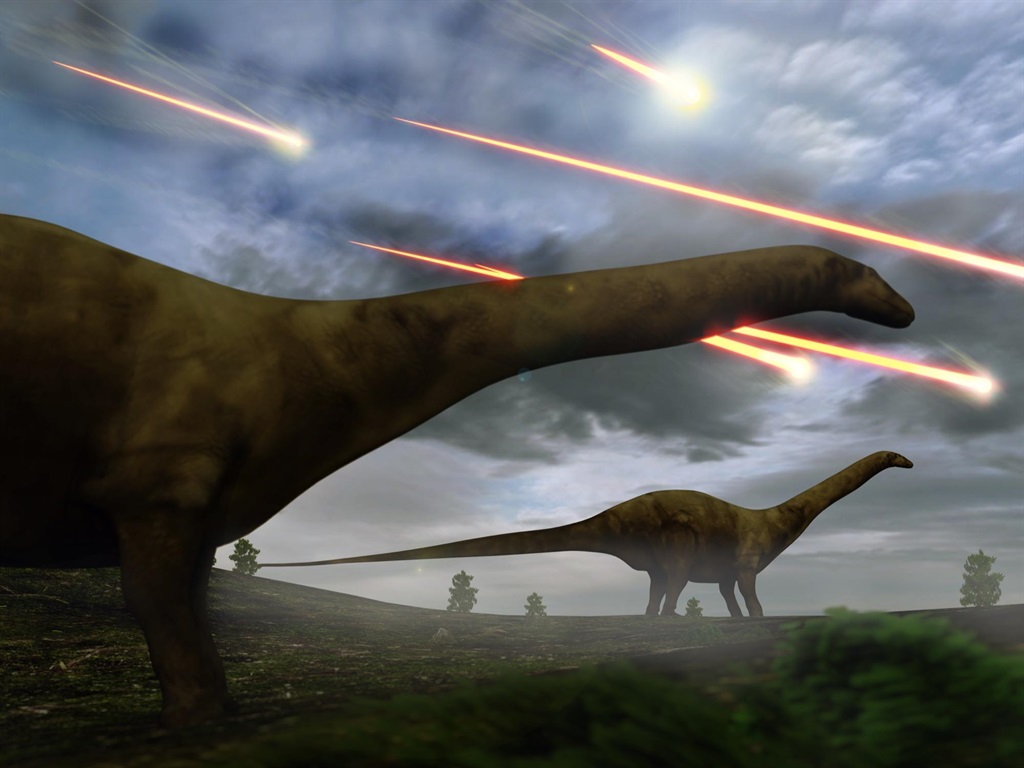
About 183 million years ago, during the early part of the Jurassic period, enormous amounts of lava flowed across the landscape in what is now South Africa, transforming the environment into a land of fire.
But fossil footprints described by scientists on Wednesday showed that intrepid dinosaurs and other animals managed to inhabit this region – now the semiarid Karoo region of South Africa – during quieter periods between volcanic eruptions.
These “Karoo fire walkers”, as University of Cape Town geologist Emese Bordy has dubbed them, were some of the last animals known to have lived in this inhospitable region before it was ultimately engulfed in molten rock.
The researchers found a sandstone layer on a farm in the centre of South Africa with five fossil trackways that were left by at least three different animals that walked across the moist sandy banks of a stream. One was a relatively small two-legged, meat-eating dinosaur, another was a similarly small four-legged, plant-eating dinosaur and the third may have been a primitive mammal.
“For short time periods, the streams were flowing again, the sun was shining, the plants were growing and the animals, among them dinosaurs, were grazing and hunting,” said Bordy, who led the research, which was published in the journal Plos One this week.
“This is attested by the vertebrate footprints of meat- and plant-eating dinosaurs, plant remains, and sediment deposits from streams and lakes, to name just a few.
“The properties of the sandstone allow us to tell that the tracks were deposited in seasonal streams that run during flash floods,” added Bordy, whose team included postgraduate students Akhil Rampersadh, Miengah Abrahams and Howard Head.
“Hot was hot back then, too. So, no, they did not walk on the lava.”
During this time, there were major extinctions of species, especially in the oceans, caused mostly by gases emitted from immense lava flows that poured on to the land surface in South Africa. As it incinerated the landscape, the lava flows changed the chemistry of the atmosphere and seas.
Fossil footprints, in the absence of skeletal fossils, sometimes offer the only evidence that animals were present in an ancient environment. The sandstone containing the tracks was sandwiched in between layers of volcanic rock, revealing a picture of a functioning ecosystem that survived despite threats of devastation from further eruptions.
“This story helps us change the way we see life in stressful and hostile environments, and thus improves our understanding of the history of life on Earth,” Bordy said.




 Publications
Publications
 Partners
Partners









